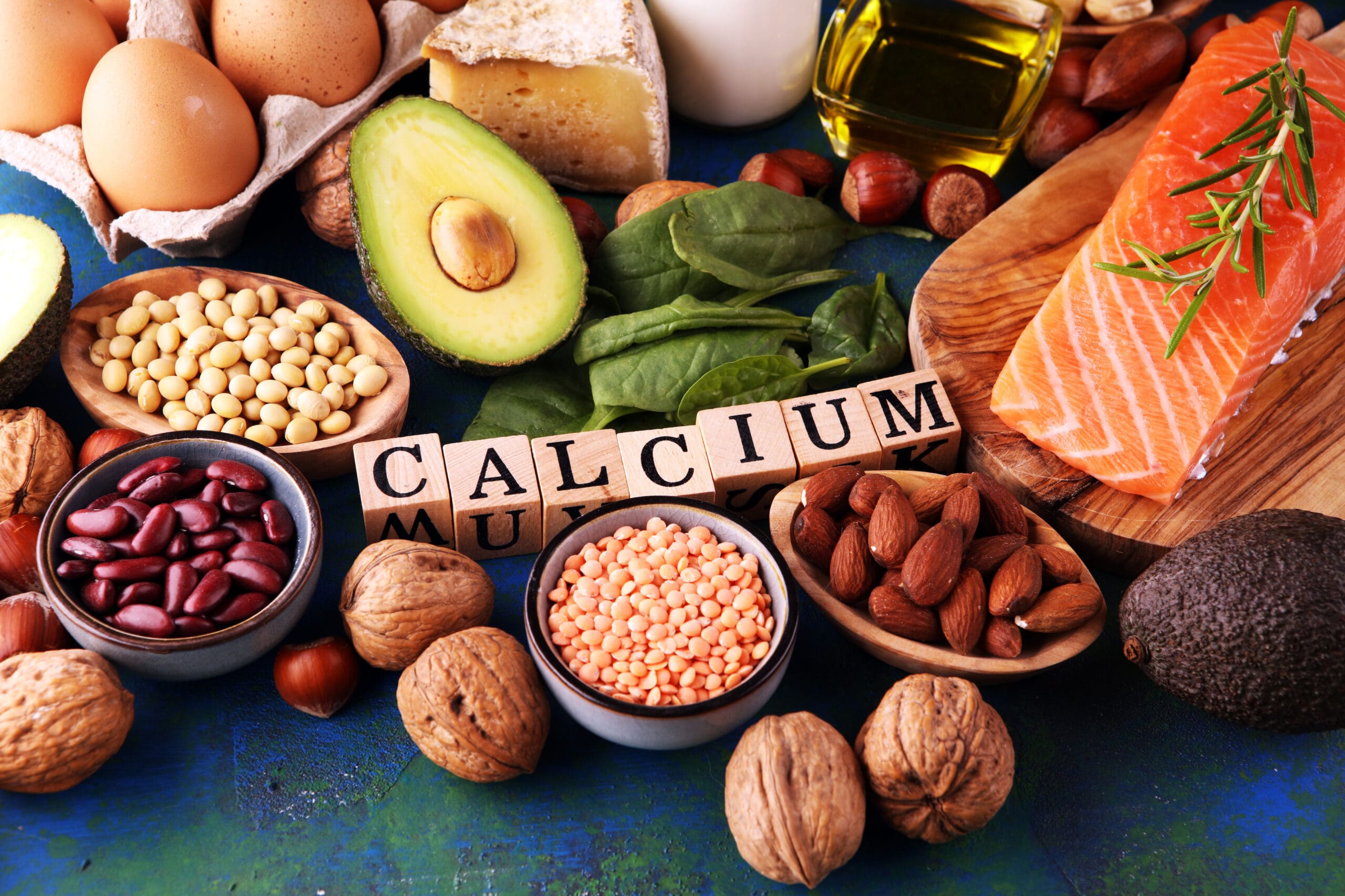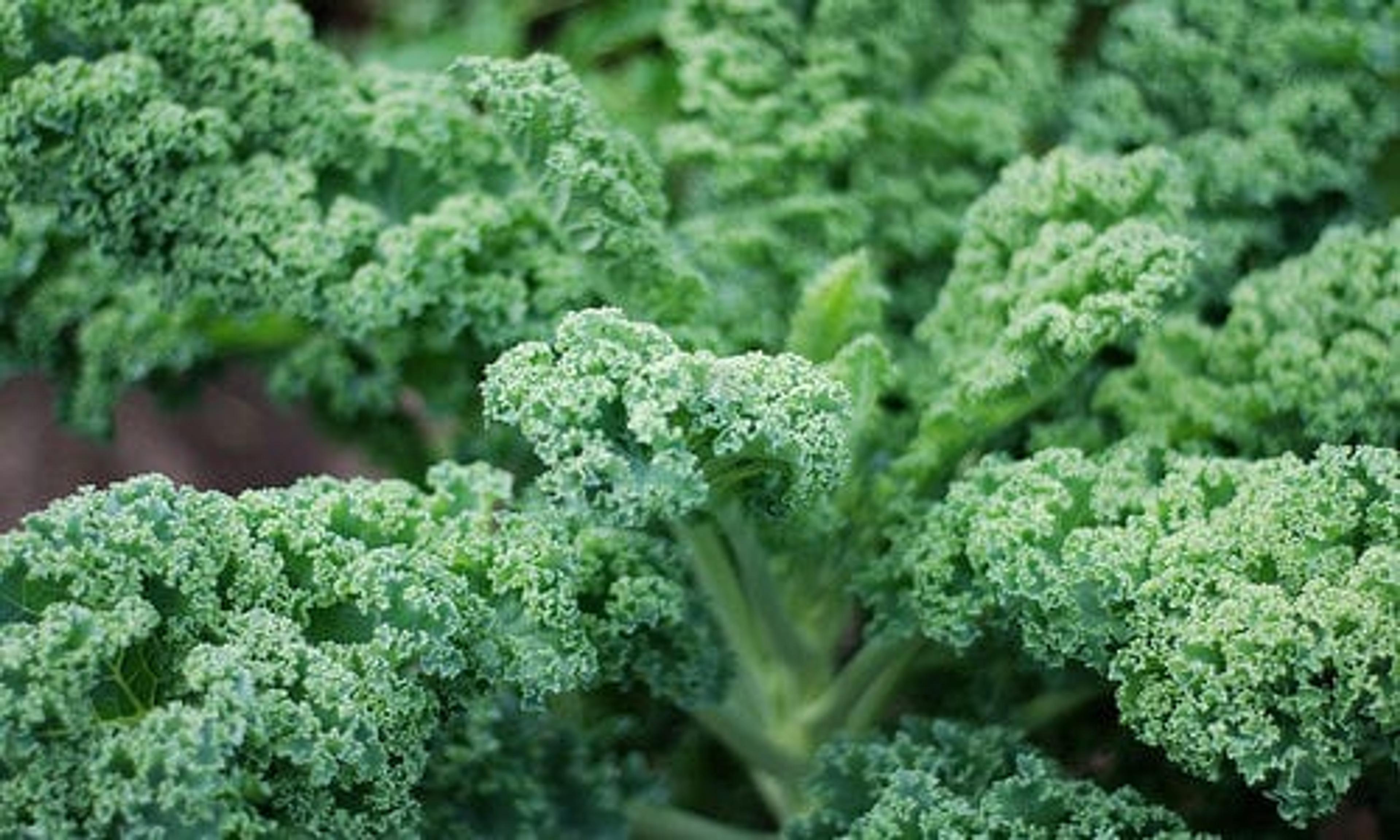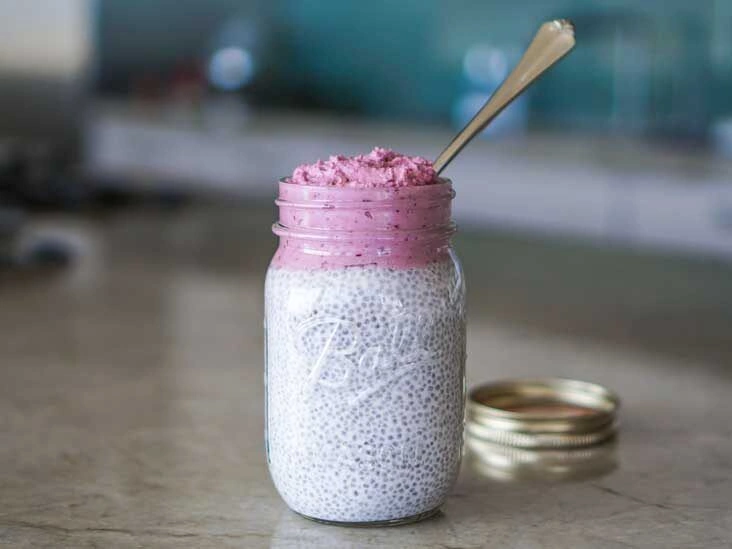You can obtain calcium from both plant and animal sources. These include dairy items, sardines, seeds, and leafy vegetables, among others.
Calcium constitutes a large portion of your bones and teeth and is involved in heart health, muscle activity, and nerve communication.
For most adults, a minimum of per day is advised, though some groups need higher amounts, such as teenagers, postmenopausal women, and older adults.
Although dairy foods like milk, cheese, and yogurt are particularly rich in calcium, there are numerous dairy-free calcium options too.
Below are 15 foods high in calcium, many of which are non-dairy.

1. Seeds
Seeds are small nutritional powerhouses, and several are high in calcium, such as poppy, sesame, celery, and chia seeds. For example, 1 tablespoon (9 grams) of poppy seeds contains , or .
Seeds also offer protein and healthy fats. , for instance, are a strong source of plant-based omega-3 fats.
One tablespoon (9 grams) of sesame seeds provides for calcium, along with other minerals like copper, iron, and manganese.
2. Cheese
Most cheeses are outstanding calcium sources. Parmesan contains the most, with — or 24% of the DV — per ounce (28 grams). Softer cheeses generally have lower amounts; for example, 1 ounce (28 grams) of Brie only supplies , or 5% of the DV.
Additionally, your body absorbs calcium from dairy more readily than from many plant sources. Cheese also offers protein. Cottage cheese contains of protein per cup.
Moreover, aged, hard cheeses are naturally low in lactose, making them simpler to digest for people with lactose intolerance.
Dairy might provide additional health advantages. For instance, a 2016 review of 31 studies indicates that higher dairy intake may be linked to a reduced risk of heart disease.
Another review found that regular consumption of milk and yogurt was associated with a lower likelihood of metabolic syndrome, a condition that increases the chance of heart disease, stroke, and type 2 diabetes.
Keep in mind, though, that full-fat cheeses can be high in saturated fat and calories. Some cheeses also contain considerable sodium, which certain individuals need to limit.
3. Yogurt
Yogurt is a superb source of calcium. Many yogurt varieties also contain probiotics, beneficial bacteria that can support immune health, improve cardiovascular health, and aid nutrient absorption.
One cup (245 grams) of plain, whole-milk yogurt delivers for calcium, as well as substantial amounts of phosphorus, potassium, and vitamins B2 and B12. Plain, low-fat yogurt can be even higher in calcium, with in 1 cup (245 grams).
By contrast, Greek yogurt is a great way to boost protein intake but contains less calcium than regular yogurt.
Besides providing a wide range of nutrients, some studies suggest that regular yogurt intake may be associated with a reduced risk of heart disease and type 2 diabetes.
4. Sardines and canned salmon
Sardines and canned salmon are high in calcium thanks to their edible bones. A 3.75-ounce (92-gram) can of sardines provides , and 3 ounces (85 grams) of canned pink salmon with bones contains 18%.
These fatty fish also supply high-quality protein and omega-3 fatty acids, which can of your heart, brain, and skin.
Although seafood can include mercury, smaller fish like sardines typically have low levels. Additionally, both sardines and salmon are rich in selenium, a mineral that mercury toxicity.
5. Beans and lentils
Beans and lentils are rich in fiber, protein, and micronutrients such as iron, zinc, folate, magnesium, and potassium.
Some varieties also offer respectable calcium amounts, including winged beans, which provide , or , in one cooked cup (172 grams).
White beans are another solid choice, with 1 cup (179 grams) of cooked white beans supplying . Other bean and lentil varieties contain less, around 4–5% of the DV per cup (175 grams).
Notably, beans are thought to underlie many of the health benefits tied to plant-based diets. In fact, research indicates that beans may help lower LDL (bad) cholesterol and reduce the risk of developing type 2 diabetes.
6. Almonds
Among nuts, almonds are among the highest in calcium. Just 1 ounce (28 grams) of almonds—about 23 nuts—provides .
Almonds also supply per ounce (28 grams), plus healthy fats and protein. They’re an excellent source of magnesium, manganese, and vitamin E.
Eating nuts may also help reduce blood pressure, body fat, and several other metabolic disease risk factors.
7. Whey protein
Whey is a milk-derived protein that has been extensively researched for its possible health benefits. It’s an excellent protein source and rich in rapidly absorbed amino acids, which support muscle growth and recovery.
Some studies have even found links between whey-rich diets and increased weight loss as well as better blood sugar control.
Whey is also very high in calcium—a 1.2-ounce (33-gram) scoop of whey protein isolate contains roughly , or .
»Lean more:10 Best Protein Powders of 2025, According to Dietitians and Testers8. Leafy greens
Leafy green vegetables are exceptionally nutritious, and many are high in calcium, including collard greens, spinach, and kale.
For example, 1 cup (190 grams) of cooked collard greens contains , or about of the calcium you need daily.
Be aware that some greens, like spinach, are high in oxalates—naturally occurring compounds that bind calcium and reduce its absorption.
Thus, although spinach is calcium-rich, its calcium is not absorbed as effectively as that in low-oxalate greens such as kale and collard greens.

9. Rhubarb
Rhubarb is a good source of fiber, vitamin K, calcium, and smaller amounts of other vitamins and minerals. It also contains prebiotic fiber, which can foster the growth of beneficial gut bacteria.
Like spinach, rhubarb is high in oxalates, so much of its calcium isn’t absorbed. Indeed, research indicates that your body may only absorb about 5% of the calcium in rhubarb.
Still, even if you absorb only a small portion, rhubarb is a source of calcium, with (122 grams) of raw rhubarb providing about 10.5% of the DV.
10. Fortified foods
Fortified foods such as cereals can make it simpler to reach your daily calcium target.
Some kinds of cereal can provide up to — and that’s before you add milk. Keep in mind, however, that your body can’t absorb all that calcium at once, so it’s optimal to spread intake over the day.
Flour and cornmeal are sometimes fortified with calcium as well. That’s why some breads, tortillas, and crackers can contain substantial amounts.
11. Amaranth
Amaranth is a nutritious pseudocereal. It’s a good source of folate and very high in certain minerals, including manganese, magnesium, phosphorus, and iron.
One cup (246 grams) of cooked amaranth grain provides , or 12% of the DV. Amaranth leaves and 28% of the DV for calcium per cooked cup (132 grams), plus a solid amount of vitamins A and C.
12. Edamame and tofu
Edamame are immature soybeans, often sold while still in the pod.
One cup (155 grams) of cooked edamame supplies 8% of the DV for calcium. It’s also a of protein and contains a full day’s worth of folate in a single serving.
Tofu prepared with calcium can be especially rich in this mineral, delivering , with over 86% of the DV for calcium in just half a cup (126 grams).
13. Fortified drinks
Even if you skip cow’s milk, you can obtain calcium from many fortified nondairy beverages. One cup (237 mL) of fortified soy milk contains 20% of the DV. Its make it the nondairy milk most similar nutritionally to cow’s milk.
Other nut- and seed-based milks may be fortified to even higher levels. Fortification isn’t limited to nondairy milks; for example, orange juice can also be , delivering up to 35% of the DV per cup (237 mL).
14. Figs
Dried figs are rich in antioxidants and fiber.
They also contain than many other dried fruits. In fact, dried figs provide 6.5% of the DV for calcium in a 1.4-ounce (40-gram) portion.
Additionally, figs supply a good amount of potassium and vitamin K, both important for bone health.
15. Milk
Milk is among the best and most accessible calcium sources. One cup (237 mL) of cow’s milk contains – mg, depending on whether it’s whole or nonfat. The calcium from dairy is also well absorbed.
Milk is additionally a good source of protein, vitamin A, and vitamin D. Goat’s milk is another solid calcium source, providing (237 mL).
Frequently asked questions
How can I raise my calcium level quickly? Which food has the highest calcium levels?
Besides dairy products like milk and cheeses, a can of sardines contains an impressive 351 mg of calcium. Collard greens combine a notable 268 mg with low oxalate levels, meaning the mineral is more readily absorbed.
What depletes calcium?
Major drivers of calcium deficiency include insufficient vitamin D and magnesium, parathyroid gland disorders, or excessive sodium intake.
How do I get 1000 mg of calcium from food?
You can meet the typical adult recommendation of 1,000 mg per day by including dairy in your meals. For those avoiding dairy, fortified juices, sardines, and collard greens are among the best alternatives.
What fruit has the most calcium?
Figs are compared with other fruits. A 1.4-ounce (40-gram) serving offers about 6.5% of the DV for calcium.
Vitamin D is essential for improving calcium absorption. If you don’t get regular sun exposure, consider a supplement or eating foods rich in vitamin D, like milk.
»Learn more:7 Nutritious Foods That Are High in Vitamin DThe bottom line
Calcium is a vital mineral that contributes to many aspects of health.
Although dairy foods often contain the highest amounts, many other excellent sources are available, including numerous plant-based options.
By incorporating items from this list into your diet, you can readily meet your calcium requirements.


















Leave a Reply
You must be logged in to post a comment.